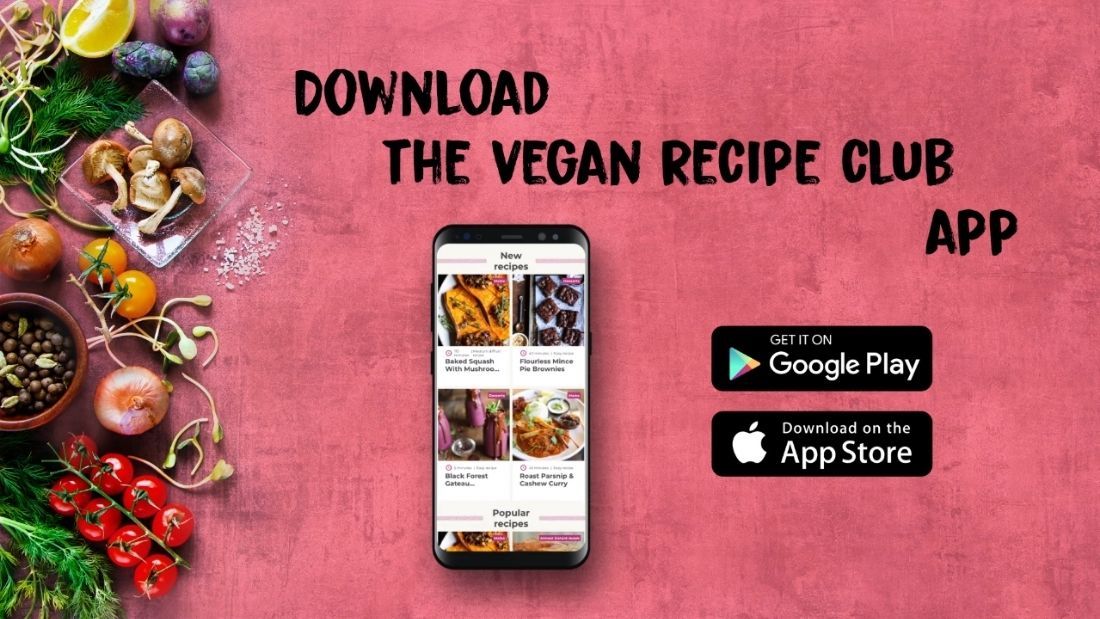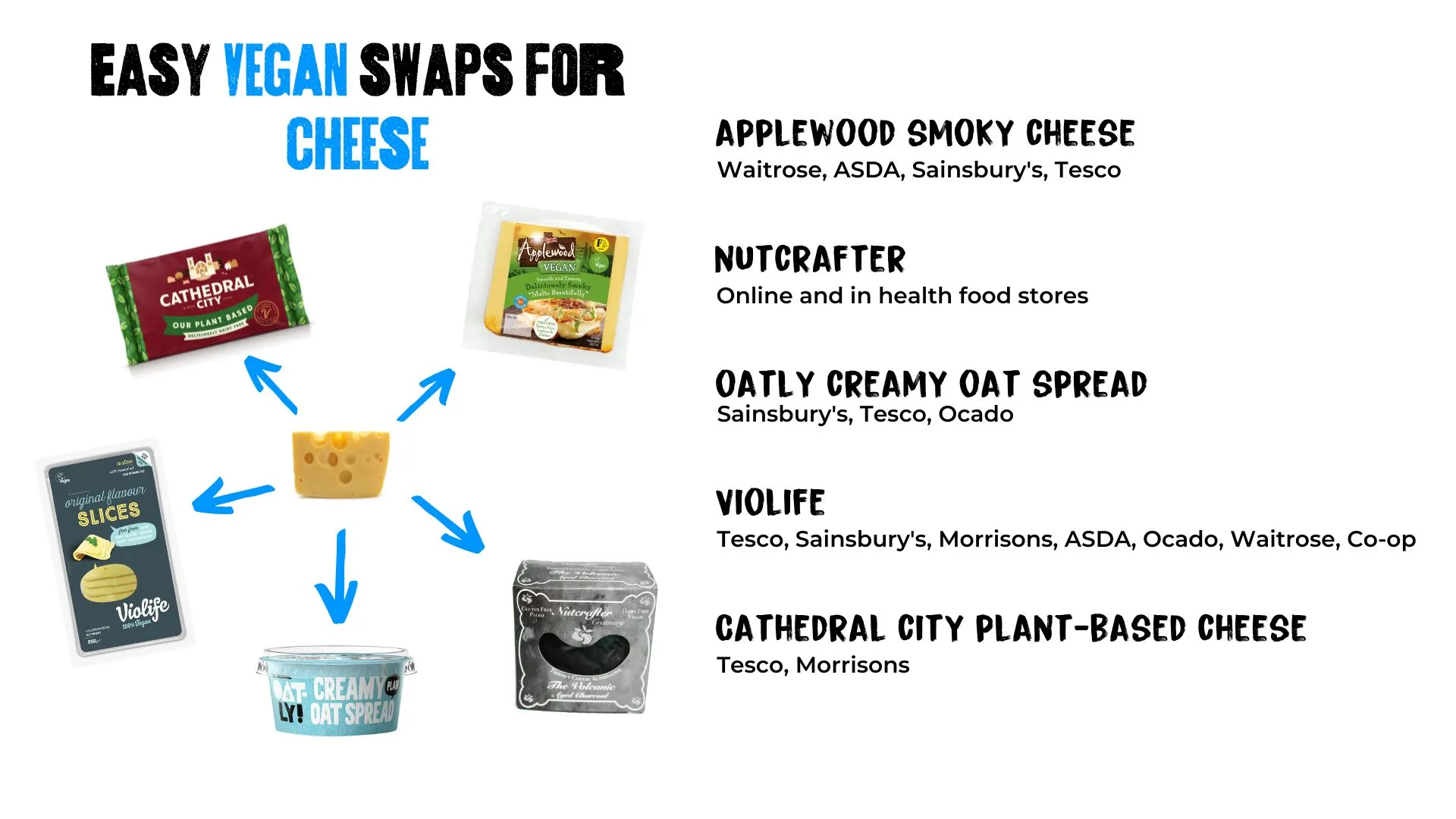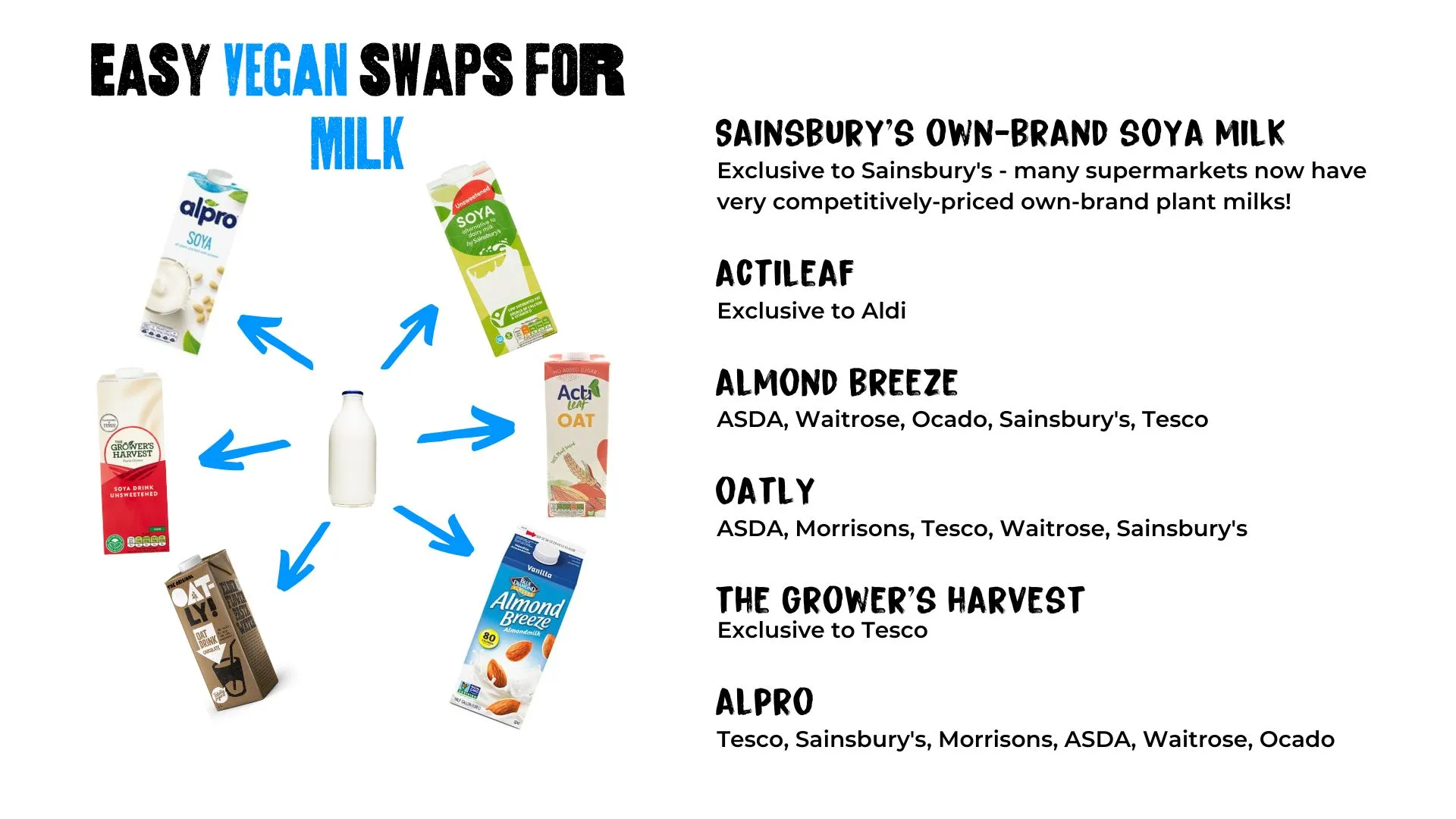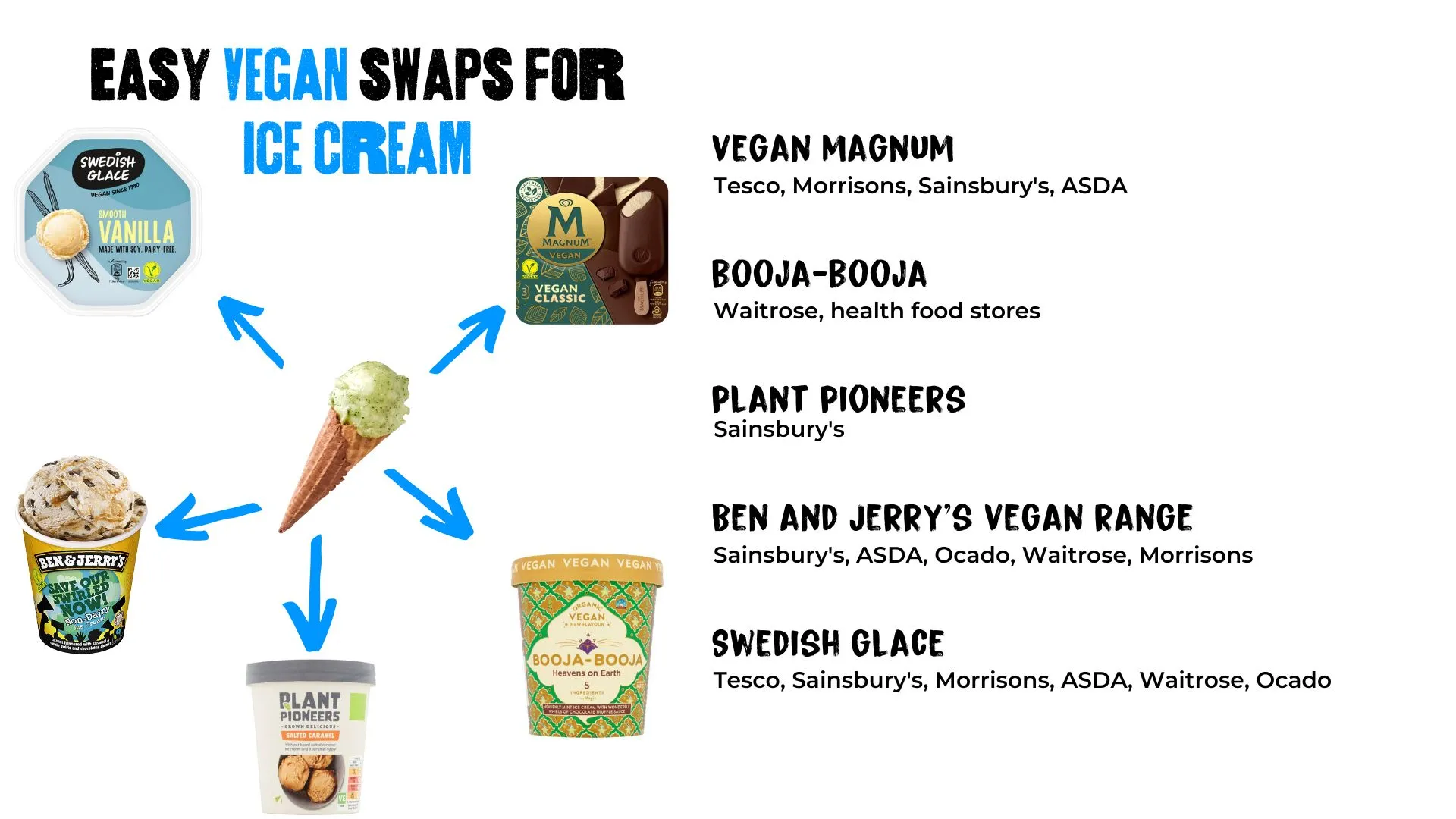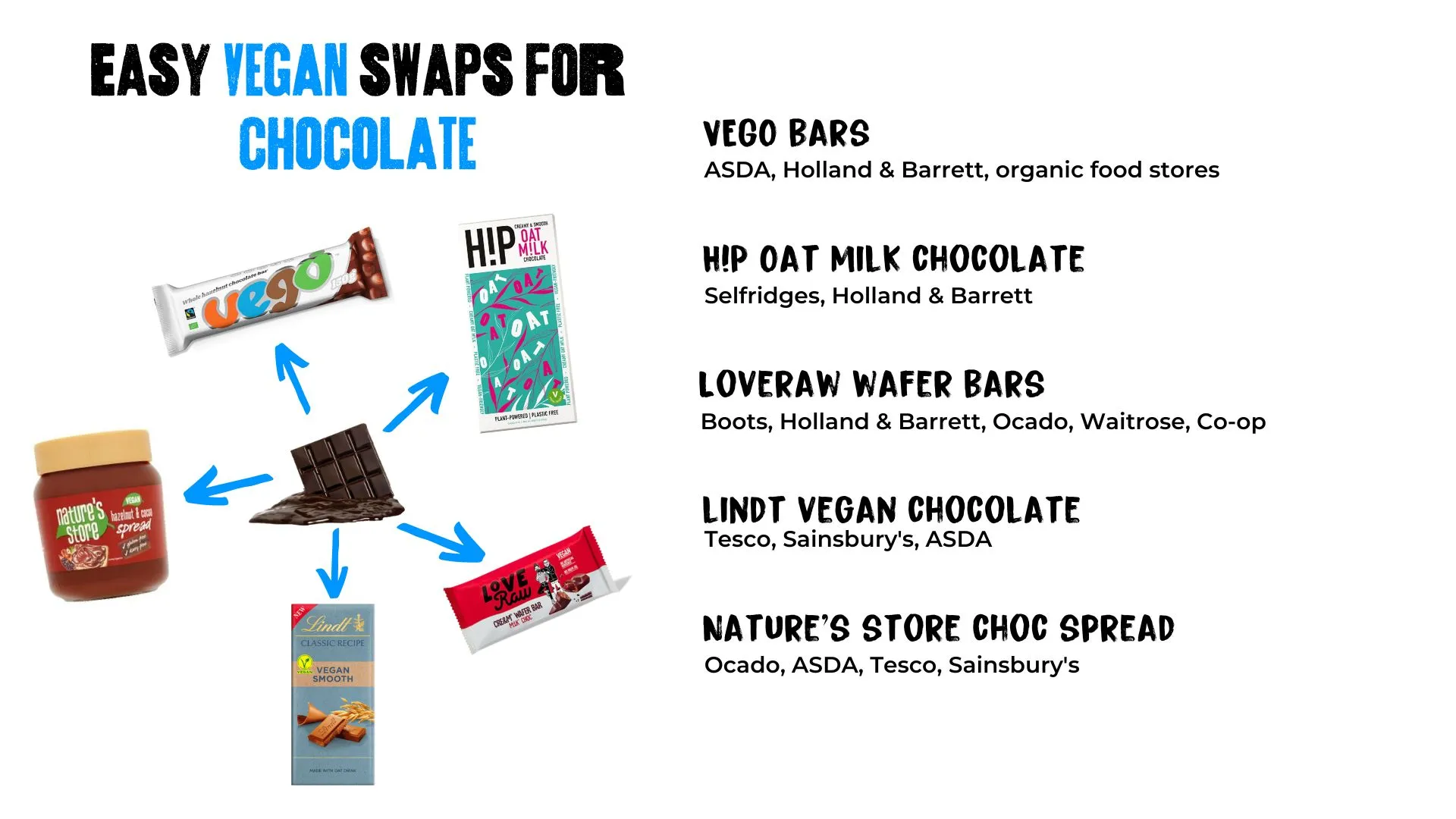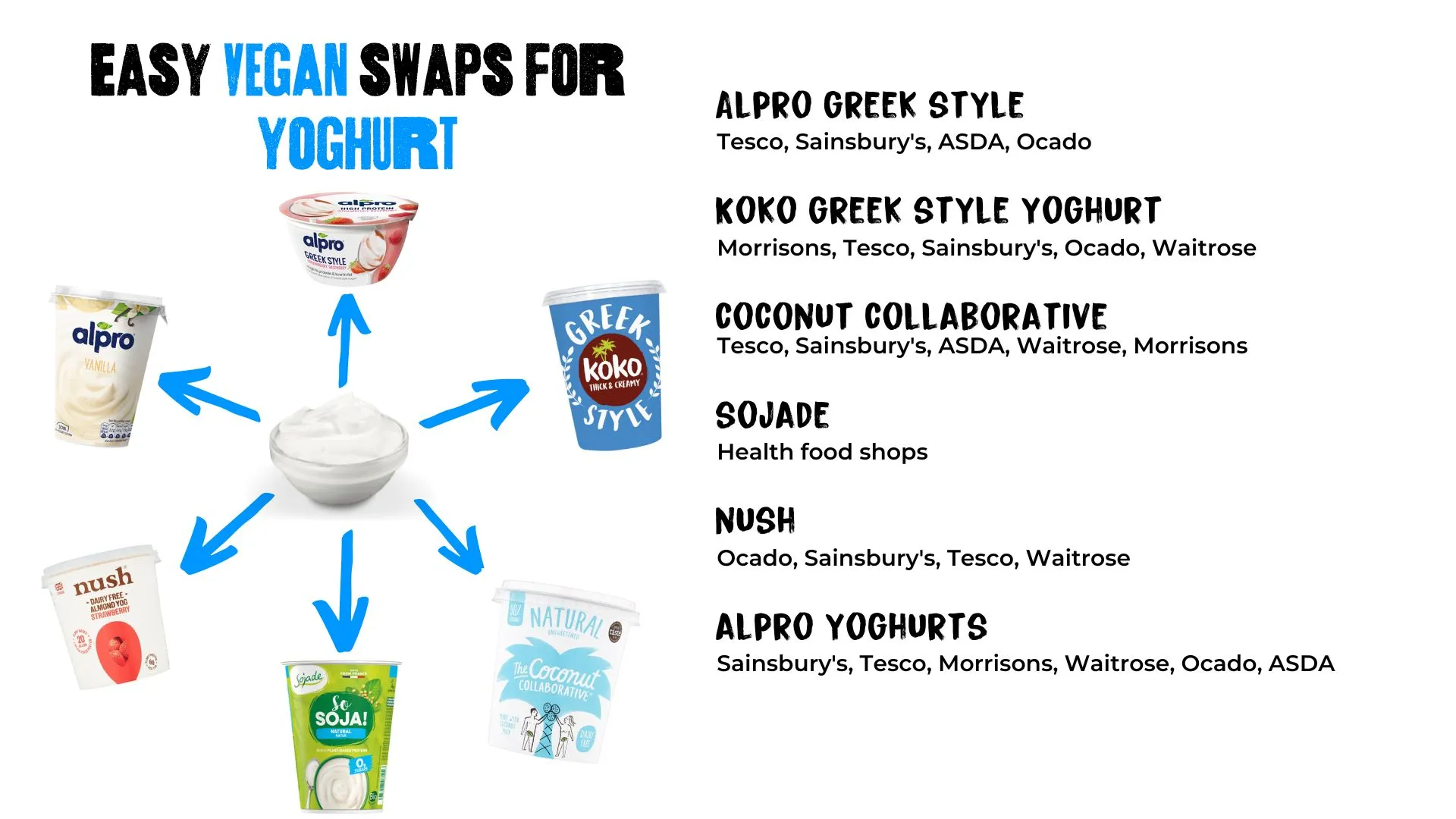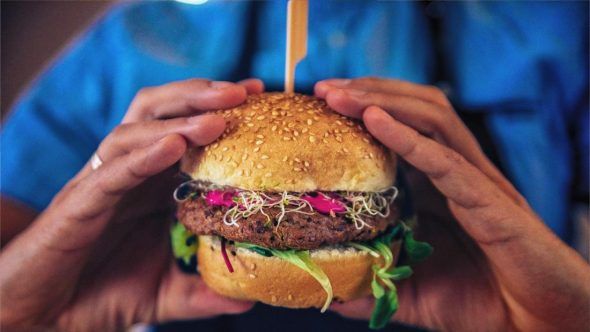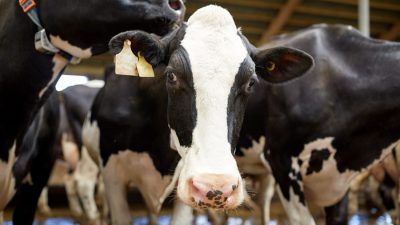
Try Vegan
If you are here because you have seen our new ad, you were probably shocked to learn the truth about the dairy industry and want to find out more. The only way to ensure you are not complicit in the cruelty is to try vegan, but let us reassure you, it’s easier than ever!
The secret to going vegan is that you see animals in a different light. You see them for who they truly are – sentient beings with the capacity to feel pleasure, love, pain and fear. Just like we do.
But where do you start?
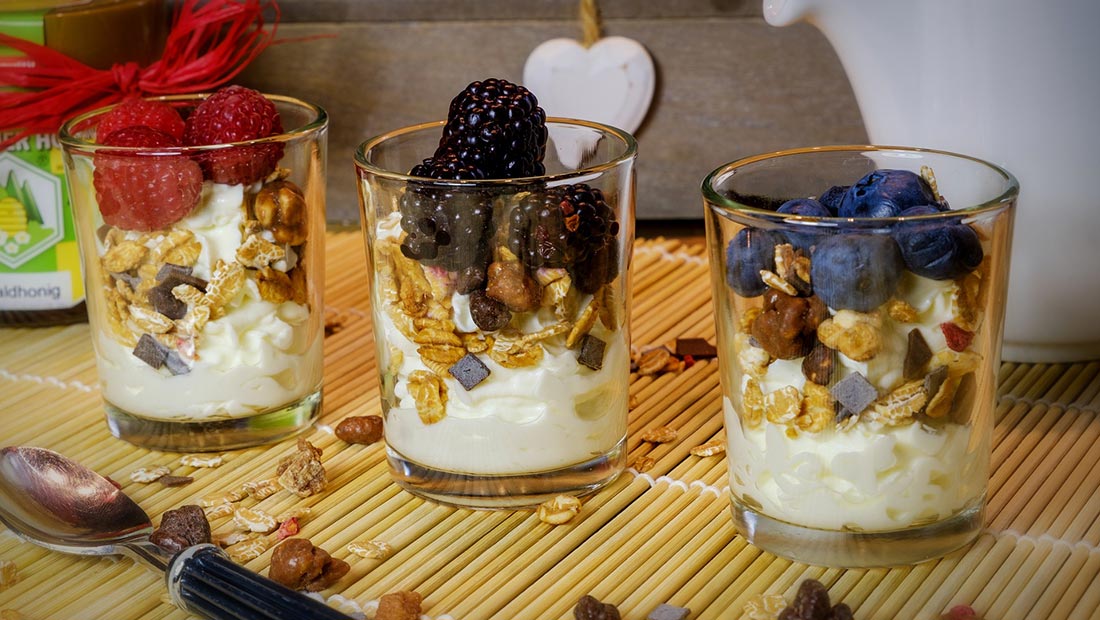
Our aim is to help you enjoy vegan food! We know that eating more vegan meals, or taking the plunge and deciding to go fully vegan, can seem a little daunting when starting out.
We’ve found that one simple approach to make your journey easier is to think of all the things you currently eat and swap them for the vegan versions.
There is no easier time to try vegan with a huge range of products available in all major supermarkets. So read on for inspiration on how to create vegan versions of classic and well-loved dishes alike!
(swipe to see a range of easy swaps below)
This is by no means a definitive list of all the great vegan products available. For more info, take a look at our ‘Vegan’s Guide to’ pages below. Or you can simply search for vegan products on your chosen supermarket’s website – you’ll be surprised at how much they have available!
Still not convinced?
Take a look at the full investigation below. Or find out more about how dairy cows are treated within the industry.
V7 – Try Vegan For One Week
We have a super practical seven-day vegan meal plan, V7, if you’re interested in exploring the joys of vegan food.
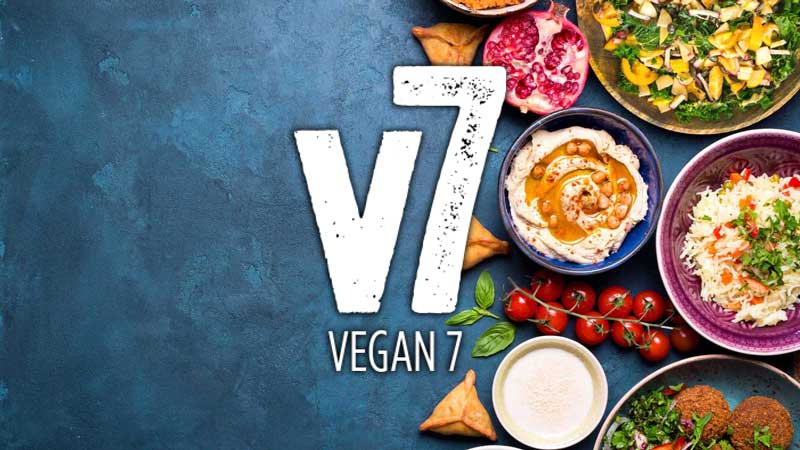
Packed with delicious recipes for breakfast, lunch and dinner, V7 contains all the inspiration you need to eat vegan for a week, including a helpful shopping list as well as health and lifestyle information too. It provides inspiration to create vegan versions of classic dishes like spaghetti bolognese, mac’n’cheese and pad Thai, as well as more luxurious recipes for special occasions.
Visit the website or sign up to receive daily emails and we’ll send each day’s meal plan straight to your inbox.
I want more!
If you want to explore further – download our free app, Vegan Recipe Club or visit our amazing site with over 1,000 recipes – from the dead simple to the decadent!
